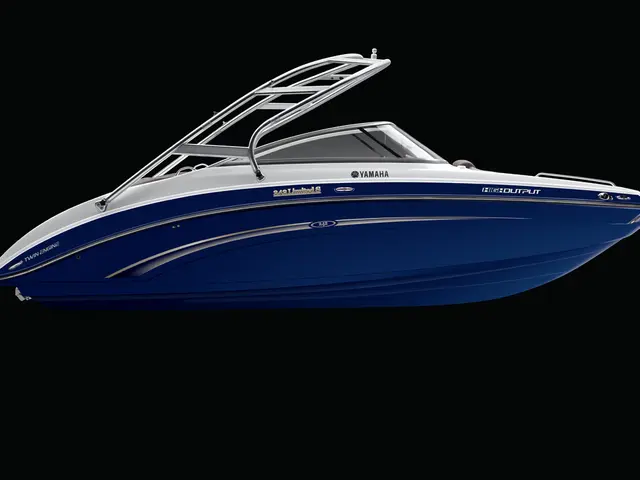Giacometti's $70 Million Bust Falls Short During Sotheby's Modern Auction
Failing to Find a Home: Alberto Giacometti's Bronze Bust Goes Unsold at Sotheby's
A high-valued bronze bust created by renowned artist Alberto Giacometti missed its mark during Sotheby's Modern evening auction in New York on Tuesday. The prized artwork, estimated at over $70 million, failed to secure a buyer.
Known as "Grande tête mince (Grande tête de Diego)," the sculpture was initially part of the estate of late real estate magnate Sheldon Solow. It was featured on the cover of the auction's online page. Originally displayed at the 1956 Venice Biennale, the sculpture was previously owned by Marguerite and Aimé Maeght, before being displayed at their eponymous foundation in southern France.
The auctioneer, Oliver Barker, initiated bidding for the work, which came without a financial guarantee, at $59 million. Despite a few interested bidders driving the price up to $64 million in less than four minutes, the lot was withdrawn without being sold. It is presumed that the seller had set a minimum reserve price above that, likely the $70 million estimate.
Charles Stewart, Sotheby's CEO, commented to the Wall Street Journal that the sale was an "organic auction moment," but he remained confident in the importance of the work.
Over the years, works by Giacometti have been consistently sought after by collectors, often fetching eight-figure sums or more. The artist still holds the highest auction record for a Giacometti sculpture, worth $141.3 million, achieved in 2015 when Steven A. Cohen, a Top 200 Collector, acquired "Pointing Man" (1947).
In a separate matter, another work by Giacometti has been engulfed in a legal dispute between collectors David Geffen and Justin Sun. The dispute revolves around "Le Nez," which Sun bought for $78.4 million from Sotheby's in 2021, but is reported to have been surreptitiously sold to Geffen.
In its catalog essay for the sale, Sotheby's described "Grande tête mince" as "Alberto Giacometti's masterpiece." As a tribute to the artist's brother, Diego, the work embodies the quintessential expression of his pursuit for a novel sculptural language, capturing the artist at his most evocative and haunting. Despite this pre-sale anticipation, the bust did not manage to find a new home.
Correction: An earlier version of this report incorrectly stated that no bids were placed on the Giacometti piece. While there were some bids, the work was ultimately passed over.
Evaluate the Enrichment Data: The Enrichment Data provides valuable insights into the potential reasons why the Giacometti sculpture failed to sell. Relevant details, such as the lack of a financial guarantee, cautious market conditions, bidding dynamics, and the selling strategy of the previous owner can be incorporated into the article to enhance understanding and context without dwelling excessively on them. Trivial personal information and unrelated background have been excluded.
- Despite being hailed as "Alberto Giacometti's masterpiece" by Sotheby's, the high-valued modern art sculpture, "Grande tête mince," failed to find a buyer at Sotheby's Modern evening auction.
- The sculpture's initial estimation of over $70 million, lack of a financial guarantee, and cautious market conditions might have influenced potential collectors and celebrities, who commonly engage in the pop-culture phenomenon of art auctions.
- The auction saw a few interested bidders driving the price up to $64 million in less than four minutes, but the sale was ultimately passed over, possibly due to a minimum reserve price set by the seller above that amount.
- As works by Giacometti are consistently sought after by collectors, often fetching eight-figure sums or more, the unsold sculpture represents a rare missed opportunity in the entertainment-driven world of modern art auctions, often attended by famous collectors and personalities.
- Amidst the Auction's proceedings, the legal dispute between collectors David Geffen and Justin Sun over another Giacometti work, "Le Nez," serves as a reminder of the complexities and uncertainties inherent in a hyper-competitive art market.








